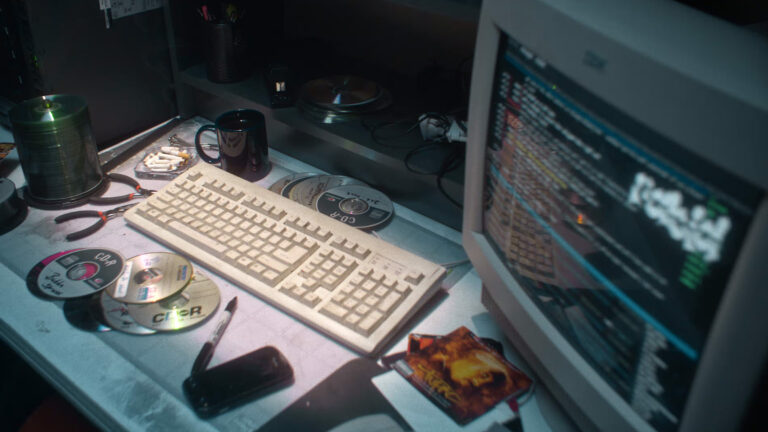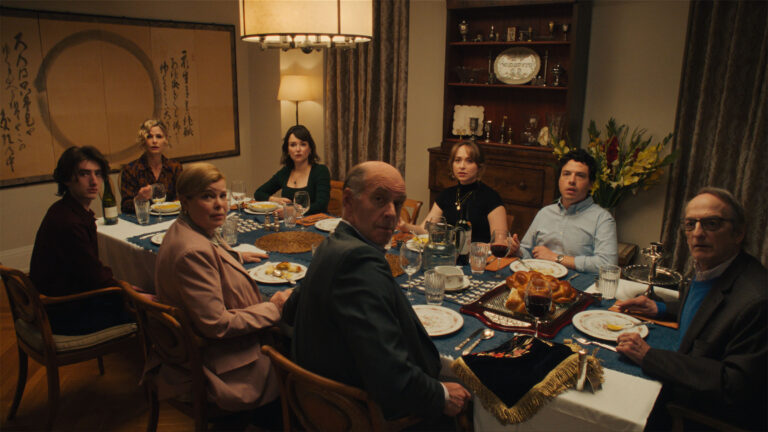There’s a rhythm to filmmaking – in many ways, every TV show and every film is like a song, with winding solos and swelling climaxes. Many great directors and writers have their own, personal song – a stamp of their style that is clearly witnessed in every frame of every piece that they make. Words and visuals are, of course, a huge part of creating this. But equally important are the moments between the words. The beats. The silences.
A good editor knows how to use silence to their advantage. A silent moment can sometimes tell a better story than ten pages of dialogue. Look at Drive – surely that script couldn’t have been longer than 20 pages, and yet, it worked because most everything we needed was told in the quiet.”

There are few television shows that use silence more effectively than Breaking Bad and Better Call Saul. Luckily, I have the great pleasure of being friends with one of the editors on both shows, Chris McCaleb.

Chris (who also worked as an editor on Halt and Catch Fire, Patriot, Fear the Walking Dead and many, many other great projects) got his start in digital. We crossed paths in 2007, when Chris was a co-founder of a company called Big Fantastic – one of the first production companies creating content in the digital age. Great content, I might add.
A fantastic director and writer as well as an editor, Chris has an infectious love of filmmaking. You can tell in the way he describes anything from a branded project he did ten years ago, to working on one of the best TV series of our generation – he’s in love with the process, the art and music of it all.
I recently had a chance to sit down with Chris and, over more than a couple of beers, talk to him about the importance of silence in editing.
Silence Speaks More Than Words
So, how important is silence to an overall cut?
“It’s critical.” Chris tells me.
“The silences are what give meaning to the moments where people are speaking or acting. Those silences, whether it’s a moment of contemplation or the calm before the storm, a lot of times, the most drama is in those silences.”
It’s a lesson that Chris has, undoubtedly, learned from working on some of the best TV shows of our generation:
“When you look at something like Breaking Bad – so much of what made that show great is in the silence.”
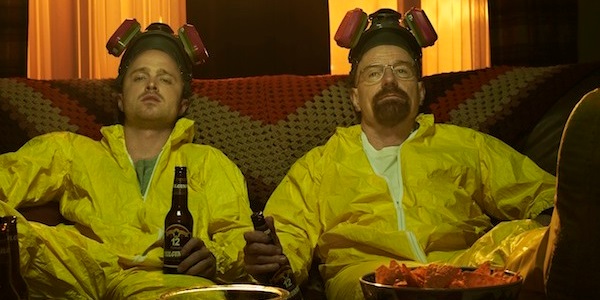
“And, I think as an editor, it’s really easy to forget about that, because you have a script and you just go from beat to beat to beat. But a lot of times, the best moments, the truest moments, the most authentic moments that feel like your real life, are those silent moments. They’re the times between the times. The beats between the beats. That’s the stuff I look for, that’s the stuff I’m interested in.”
“I think in the best shows or movies – songs, too – all recorded art, the best stuff doesn’t shy away from those silences. It finds the truth in those silences and doesn’t just bombard you with noise. If you just are getting bombarded, it ceases to mean anything. You stop connecting to it.”
It’s a beautiful sentiment, but when you’re rushing to hit a deadline and six producers are breathing down your neck (and often chewing on almost impossibly loud snacks behind you), it’s easy to take shortcuts and forget about those moments.
“I learned from really great editors, so I didn’t see this in my mentors, but I’ve seen other people just zip through their dailies and go from line to line to line, and they just cut with the dialogue. And they sacrifice those moments. You know, when you’re on a date, the stuff you remember are, I think she looked at me or, I think he laughed at my joke or, she touched her hair in a certain way – it’s the non-verbal communication that you remember and the things that inform your feeling about it.”
“When you’re constructing a scene, it’s all about creating an emotion, whatever the emotion that is called for. And a lot of times the only way to get that that across is by spending some time in that silence and lingering and exploring and figuring out what it means.”
Chris pauses and takes a drink of his beer to punctuate his point. It’s quiet. He seems wiser, somehow. Damn, it is all about the non-verbal communication.
Watch ALL the Dailies
It’s easy to wax poetic about the majesty of silence, but how does an editor make sure they don’t cut line by line. How does a good editor (like Mr. Chris McCaleb himself) not fall into that trap?
“It’s actually really simple.” Chris tells me, “You just watch all of your dailies. And that sounds like… duh, it’s a no-brainer. But you’d be shocked at how many people don’t watch all their dailies. There are a lot of tools that enable you to just line cut. And that’s… fine. That’s a way to do it. But I like to get in front of that screen and just watch each take.”
Sometimes, the beats, the pauses are built into a script. But more often, they are found in the acting and the directing of a scene, and it’s an editor’s job to find those moments.
“What I’m looking for, when I’m cutting, is a different way into a scene. I really learned that from Kelley Dixon on Breaking Bad and Better Call Saul – she’s one my mentors and best friends – and she taught me a million things. One of those was to always look for a different way into a scene. Sometimes what you find is the intentional thing. But by watching all the dailies, sometimes you find something that you’re like, oh wow, that’s a really interesting way to do it. Or, that’s a really interesting shot.”
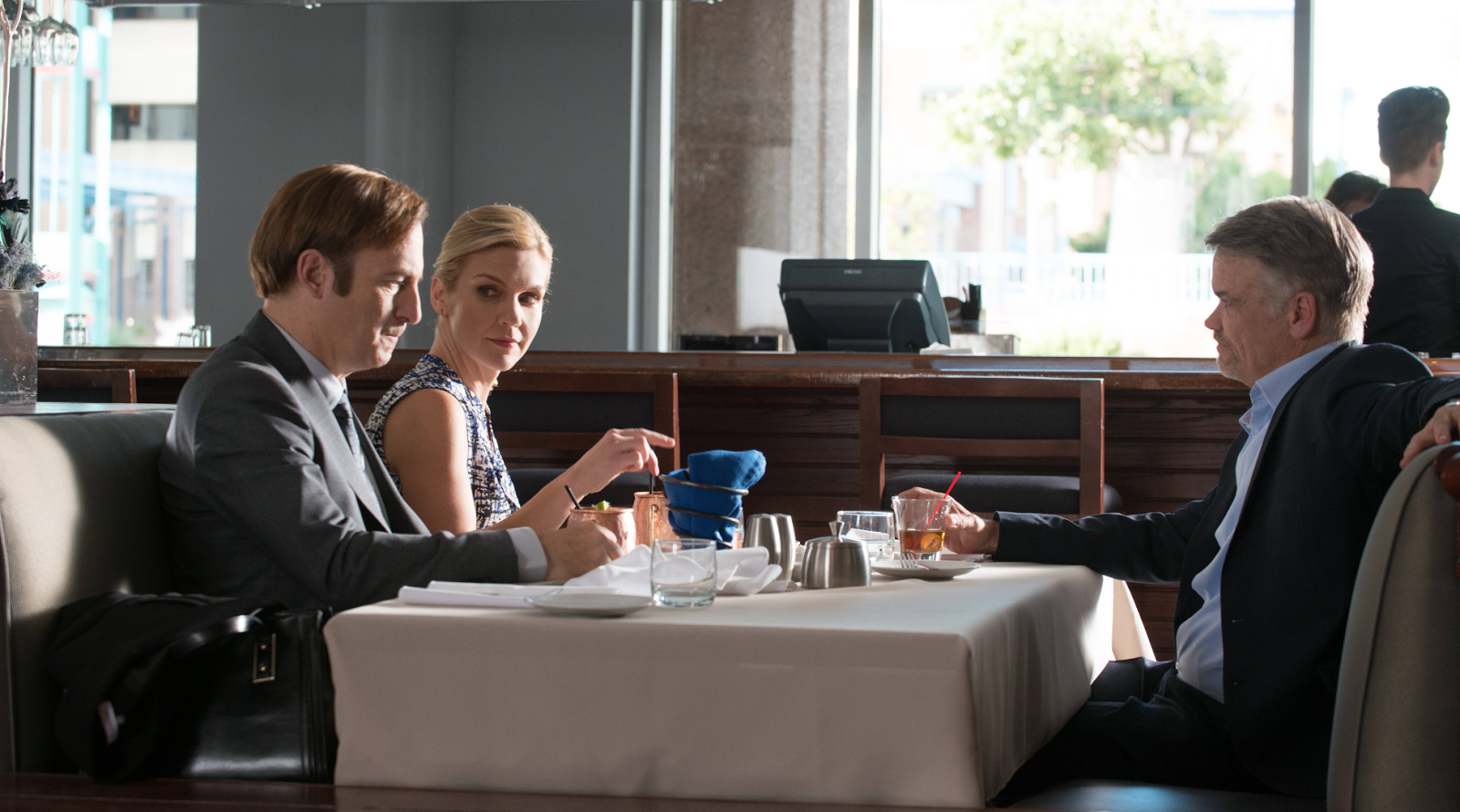
Watching your dailies also means you know what you’re working with. As Chris explains, “Sometimes, they’ll shoot a scene, especially in television, they don’t have a lot of time and they might not have the time to get that reaction shot that you’re really going to need. Or that little… something, a little reaction. And maybe the actor didn’t think to do it. Or maybe the director didn’t think to do it, or didn’t have the time, or whatever. Or maybe on the version that they did, the camera messed it up. It happens all the time.
But by watching all your dailies, you might find that thing where it’s like, oh this is perfect… But if you don’t watch everything, you’ll just assume you don’t have it.”
As an editor, it’s your job to know every single second of your footage – even the stuff before the director says “action” and after he says, “cut.”
“I use that all the time. On a show I was recently working on, we had to construct a moment between two characters, and the actors, for whatever reason, just never played that moment. And, by going through the dailies, we were able to find one of the actors laughing and then the other actor just kinda looking and smiling. And none of that was in that moment. One of them was before they called action, and the other was a different part of the scene, and we found it.”
Leave The Silence – Cut The Rest
Chris uses silence in another way, one that hadn’t necessarily occurred to me.
“In television, you’re often having to, very quickly, cut time out of a show. And when you do that, you often have to change the context of a scene from what was originally intended. You can only find that by looking for those non-verbal moments. So, the silence isn’t only critical to creating effective drama or comedy, but it’s also super important when you need to re-edit a scene or cut a character out. You need to find those moments where people aren’t talking – to do something else with it, use it in a different way.”
This idea fascinates me. As a director, I’ll find that oftentimes, when my higher-ups ask for us to trim a cut, the things that often go are the silences. Whenever I fight for more time in a piece, I’m often fighting for these non-verbal moments. Chris, on the other hand, will sometimes use these moments specifically to cut down a scene – a magical realization for me, personally.
“Sometimes you can cut an entire page of dialogue out because maybe a character is saying it in a look. And maybe they weren’t even intending to do it – or sometimes they were. There are a lot of very smart actors. Sometimes they read a script and they say, ‘you know, none of this is really necessary if my face says all of this…’ and so they do it. Smart actors are… a gift.”
Use Silence to Get Into The Head of Your Character
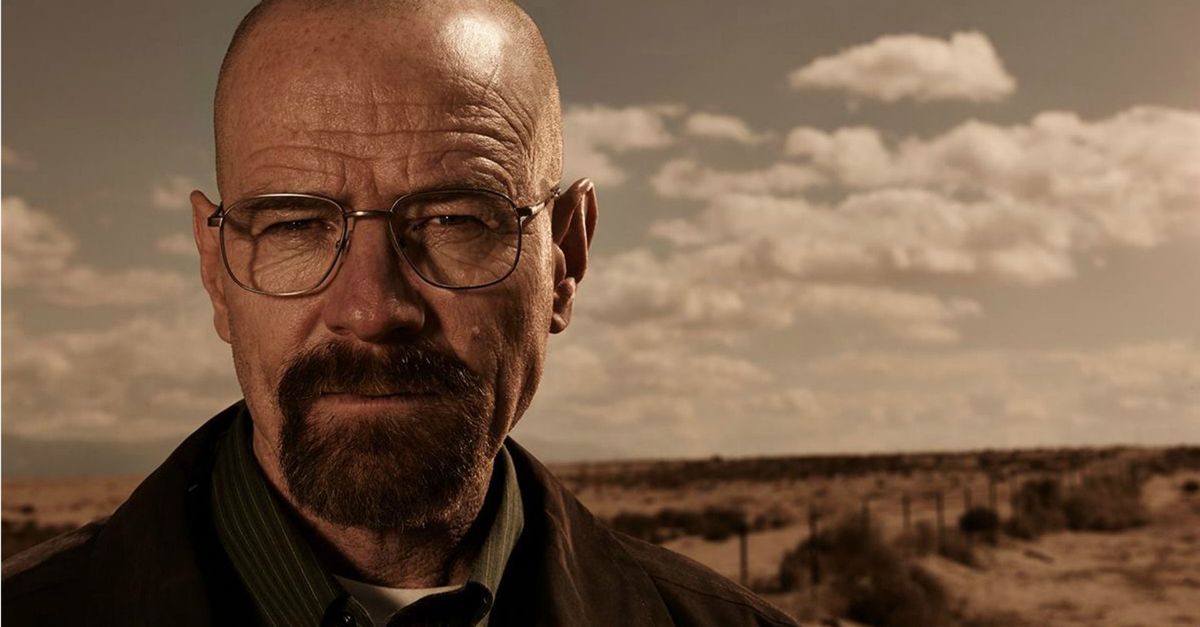
Watching your dailies is also key in getting to know the characters that you’re cutting and to catch the many shades of emotion that great actors bring to a role. That emotion, oftentimes, is captured in the silence rather than in the dialogue. Unfortunately, when you’ve got great actors – the kind that Chris has had the luck of working with for much of his career – you get almost too many moments.
“A lot of times in editing, you’re faced with the problem of, I don’t have enough footage… I don’t have enough angles… I don’t have enough coverage. I don’t have enough of these moments. But with Breaking Bad or Better Call Saul or with a lot of the shows I’ve worked on, but especially Breaking Bad and Better Call Saul, you had a different problem – which is there is too much good stuff. Where do you start?
I have a scene that I cut in Better Call Saul – it’s like a 7 minute scene, which isn’t even that long for that show. It was like 7 or 8 pages. And I had almost 10 hours of dailies.”
That is a fair amount of dailies. Particularly when you’re committed to watching all of them. But to Chris, watching them was essential – it was the only way he could get to know the characters and use the actor’s quiet moments to make the scene work.
“It’s a scene where there are three characters and, at different moments, you need to be kind of in a different character’s head. It’s a simple scene that’s weirdly complicated because of that. Because of… ‘whose perspective am I in right now?’ It’s kind of three cats playing cat and mouse. It’s an interesting dynamic. And it took a long time to get through it. And a lot of what you’re watching when you’re doing that is… not dialogue. Because one character doesn’t speak for like six of the seven pages, and then that character comes in and kind of like nails the scene shut. And you can’t figure out how to get into somebody else’s head unless you spend time watching them not talk and just being with them and staying on their face.”
Silence in Comedy
Comedic beats are the lifeblood of a good comedy. The rhythm of comedy is key to its success, so I wondered if Chris approached using silence in comedy differently than drama.
“Yes, but… it’s the same idea. I think, for me, with comedy, you’re using that silence to be the surrogate for the audience. When you need there to be a laugh, and have them not miss a line or a piece of information, you’re building in silence. Maybe, if you know all the jokes, it feels a little flat, but you need it there, because otherwise the rhythm gets off when someone is actually watching it. I also think if something is just non-stop jokes… with one exception –“
That exception is Arrested Development. The jokes in that show are a mile a minute. The actors come equipped with their own beats and the show is so chock full of comedy that you can find something new on every re-watch.

“I have a good friends who worked on Arrested Development, and my understanding is that was Mitch Hurwitz’s edict. They’d write 30-page scripts, and their rough cuts would sometimes be 35 minutes long, and the show had to be 21 minutes and 30 seconds. And I hear his only edict was… ‘you cannot cut a single joke.’ And that’s why that show is just like… sardine-jokes. It’s so dense with jokes, it’s non-stop. But for whatever reason, that show works.”
We near another brilliant point. It might be because we’re a few beers in now…
“I think that’s one thing that’s so weird about the Netflix season. They didn’t have those time constraints – so, counter to what I’ve been saying already about silence… there’s a lot more space between the space, more than you’re used to with that show. But the jokes are just as good. I like that season a lot. It’s different, and the reason, I think, besides the non-linear structure, is because the jokes per minute is lower.”
It’s a point I hadn’t considered before. The Netflix season is, indeed, a little off. Aside from the independent storylines, the show doesn’t quite feel like itself. Chris’s theory extenuates the sheer importance of using silence properly – or, in this case, the lack of silence. In the original seasons, the editors of the show were forced to get rid of many of the silent moments, and that created that rhythm, that machine-gun of comedy that made the whole thing work.
“Just as many jokes and just as good, just as funny, the show is great, [Mitch Hurwitz] is amazing – it’s just, less dense.”
And maybe, just a little worse.
Too Silent?

One of my favorite episodes of Breaking Bad is a bottle episode involving Walter White, Jesse Pinkman and a fly. Stuck in their lab, the two are trying to catch said fly while a huge looming secret (spoiler alert: Walt sort of, kind of killed Jesse’s girlfriend) lurks in the darkness of their silences. It’s a beautiful episode, intense and crafted perfectly.
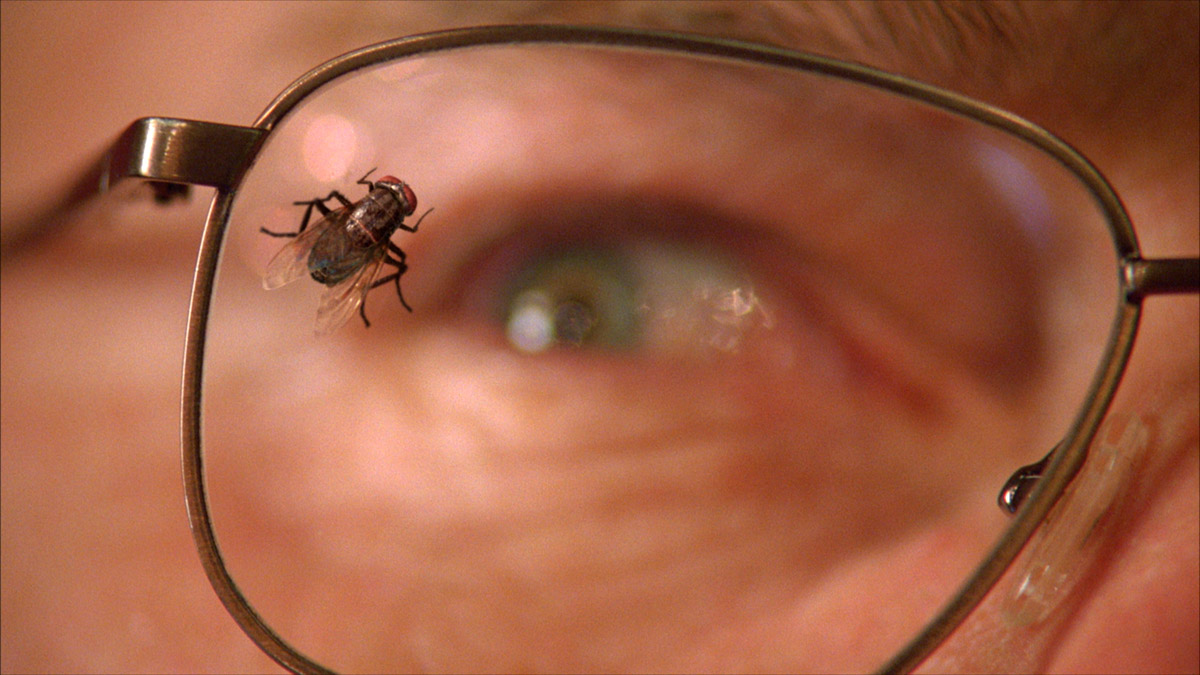
On the other hand, we’ve all watched films where the long, drawn out pauses between characters are… just bad. Boring. Overwrought. Just like the constant patter of dialogue can ruin a good scene, can too much silence create something unwatchable?
“I did an episode of Fear the Walking Dead I really loved that has almost no dialogue, and it’s mostly… kind of like a tone poem about this one character, Nick, the young boy, the former heroin addict. And he’s just… trying to survive alone in the apocalypse in the desert. And there’s almost no dialogue, so it’s almost all silence.”

“That was a really interesting exercise because, you know, when you’re looking for silences in-between the words, that’s one thing. But when you’re looking for the moments in-between the other silences… it’s difficult to know, is this effective? Or is this boring? And sometimes… people have different tastes.”
Indeed. It’s difficult to know when an editing device is being overused – particularly when you’ve spent hours looking at it in the quiet of your own room/office/basement suite. But, at the end of the day, it comes down to one important point: what services the story best?
“A lot of people think Breaking Bad is boring. Not me, obviously. A lot of people think Mad Men is boring. But I love Mad Men, and I love the pace of Mad Men. I wouldn’t change it. It’s deliberate. It creates its own language and its own rhythm. And I think if you alter that, it’s not the same show.”
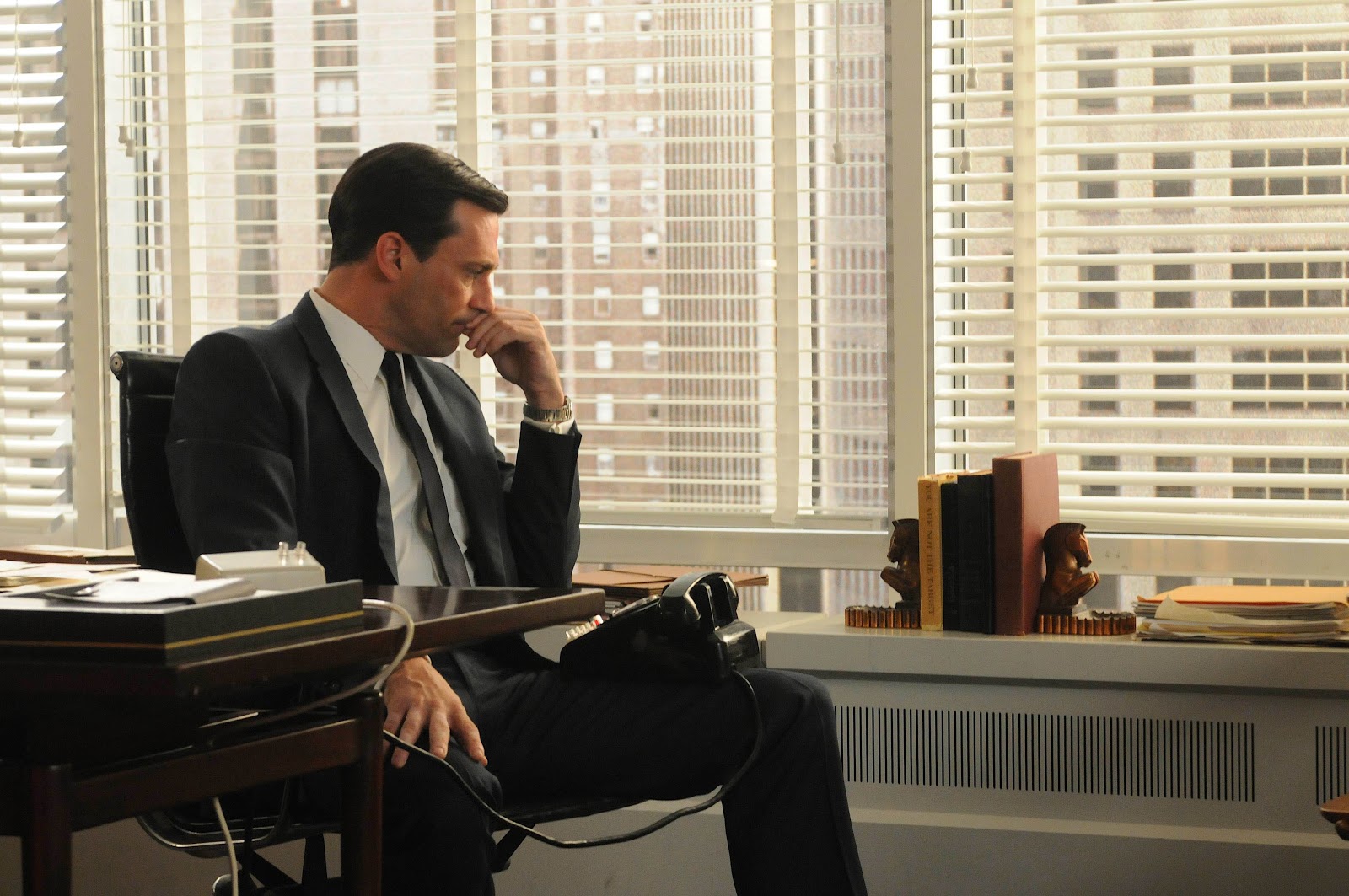
“And it’s the same thing with any of your favorite film directors. Wes Anderson. David Lynch. These guys are going to a different rhythm, their own rhythm…”

Create Rhythm with Silence
Another hugely important use of silence: creating the rhythm to your piece.
Much like Arrested Development, the patter of an Aaron Sorkin piece has very little silence – and when he uses it, it’s potent. Jim Jarmusch, on the other hand, uses silence as his main weapon.
Some shows cut so much that they’re creating a new hyper-stylized rhythm. “Sometimes the cuts are like 16 frames. It’s like ping-ponging back and forth. But when they stop, and there are those moments, you pay attention because you’re used to the rhythm.”
It’s orchestral. When the band’s music swells in the climax, it’s made ever more powerful by the silent moments that came before it.
“You remind me of Magnolia. The camera doesn’t stop moving in Magnolia for the first 45 minutes into the movie, maybe more. But I feel like the movie very deliberately, by design, starts slowing down as the characters start grappling with their situation, and then by the time Tom Cruise shows up at Jason Robards’ house, the camera doesn’t move at all. And it doesn’t cut — it’s on him, and he’s just going through this thing. And… you’ve earned that by setting up an expectation and then dashing it. And that’s pacing, that’s a big part of editing.”
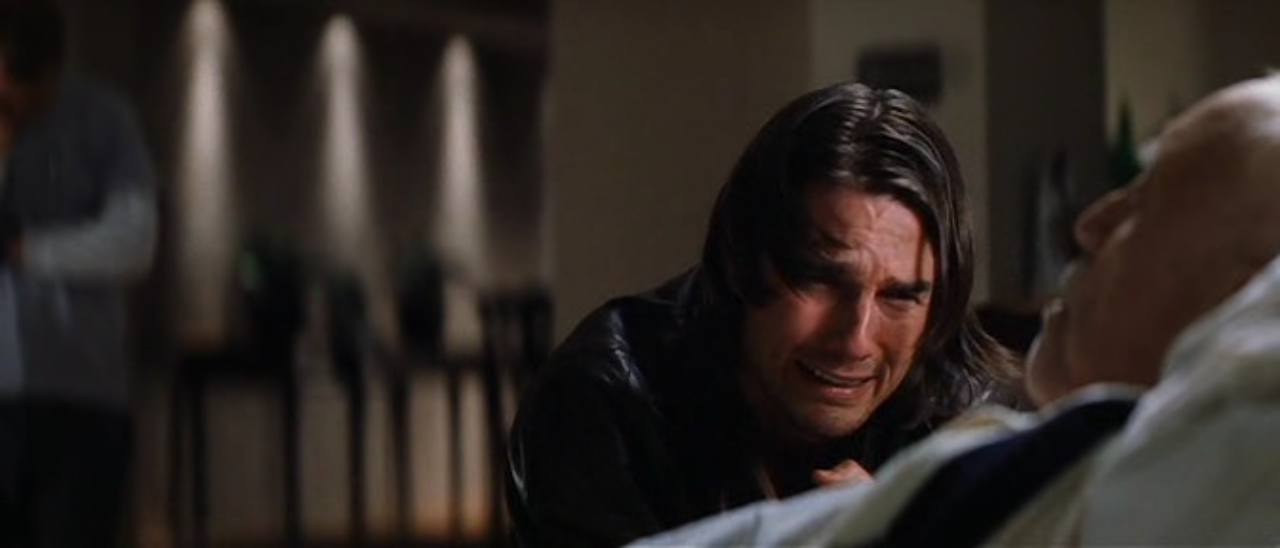
While some people hated Magnolia (a great example of a film’s style that proved far too boring for some), it has always, to me, been a fantastic example of the musicality of film.
“Yeah, it’s incredible. That’s an opera. In every way – in construction, it’s an opera. But the reason that works is because they’ve established a visual language and a rhythmic language that you understand as an audience and, so, you buy it. You buy the frenzy, and then you also buy the silence and, if you don’t have both of those things, it cheapens all of those moments. None of them have the kind of impact that they could have, if you’re not using them both in concert.”
Filmmaking is a busy craft. When you’re in the middle of it, you’re so focused on your job that it’s hard to see how magical the whole process is. It’s a song being composed by hundreds of people, all at once, almost without knowing it. It’s a powerful experience.
“Editing is music. It’s taking the beats of the scene and turning it into music. I work on a Netflix show, and a lot of it is in Spanish… I’m not completely fluent in Spanish. But you can still edit knowing what they’re saying, or learning what they’re saying, or not even… you can tell when a performance is not good, you can tell when something works… because it’s just music. It’s the music of language or the music of silence. It’s putting those things together, and it doesn’t really matter that it’s in a different language.”
How Long to Hold
As a director, I often find myself sitting with my editor and tweaking a comedic beat for hours, just trying to get it right. Sometimes, a millisecond is the difference between a joke landing and a joke succeeding. So, how do you know how long a silent beat should last?
“Until it feels wrong. In the days of editing film, way back in the day, it was pretty rigid. You had to make decisions because you were cutting, actual, tangible things and taping them together. So they would measure out film at like arm’s length. A close-up was like, two arms-length! The numbers aren’t correct but it was that type of thing. Zip, zip, close-up, then zip zip, back to a wide shot.”
Editing, as Chris suggest s, was literally down to a science. There was no fiddling with a beat – you had your rhythm pre-planned.
“I think now with computer editing, we have a lot more freedom to try things, change things. To follow our instincts. This feels too long. Or, this doesn’t feel long enough. A lot of times when you’re trying to cut for time, you’ll cut things down and you’ll watch it back and you’ll say, we took too much out, this scene doesn’t work anymore, there aren’t enough silences. This happens all the time. And we need to build them back in. We need to undo a lot of the trimming that we did.”
It’s easy to lose objectivity when you’re watching a scene over and over and over again, and in those cases the best choice can be to simply walk away for a while and come back to it with fresh eyes.
Silence in Action
To finish off our chat, I wanted to hear a war story. A real life example where Chris used silence to significantly change or affect a scene. He thought about this for a while… another beer mysteriously went missing. I gave him a long, impossible-to-measure beat to think about it. Finally, at just the right moment, he had it.
“On Halt and Catch Fire, in season 2, there was a dialogue scene. And for a number of reasons, we needed to cut it out – but we still needed kind of the beat, the moment that happened in it.
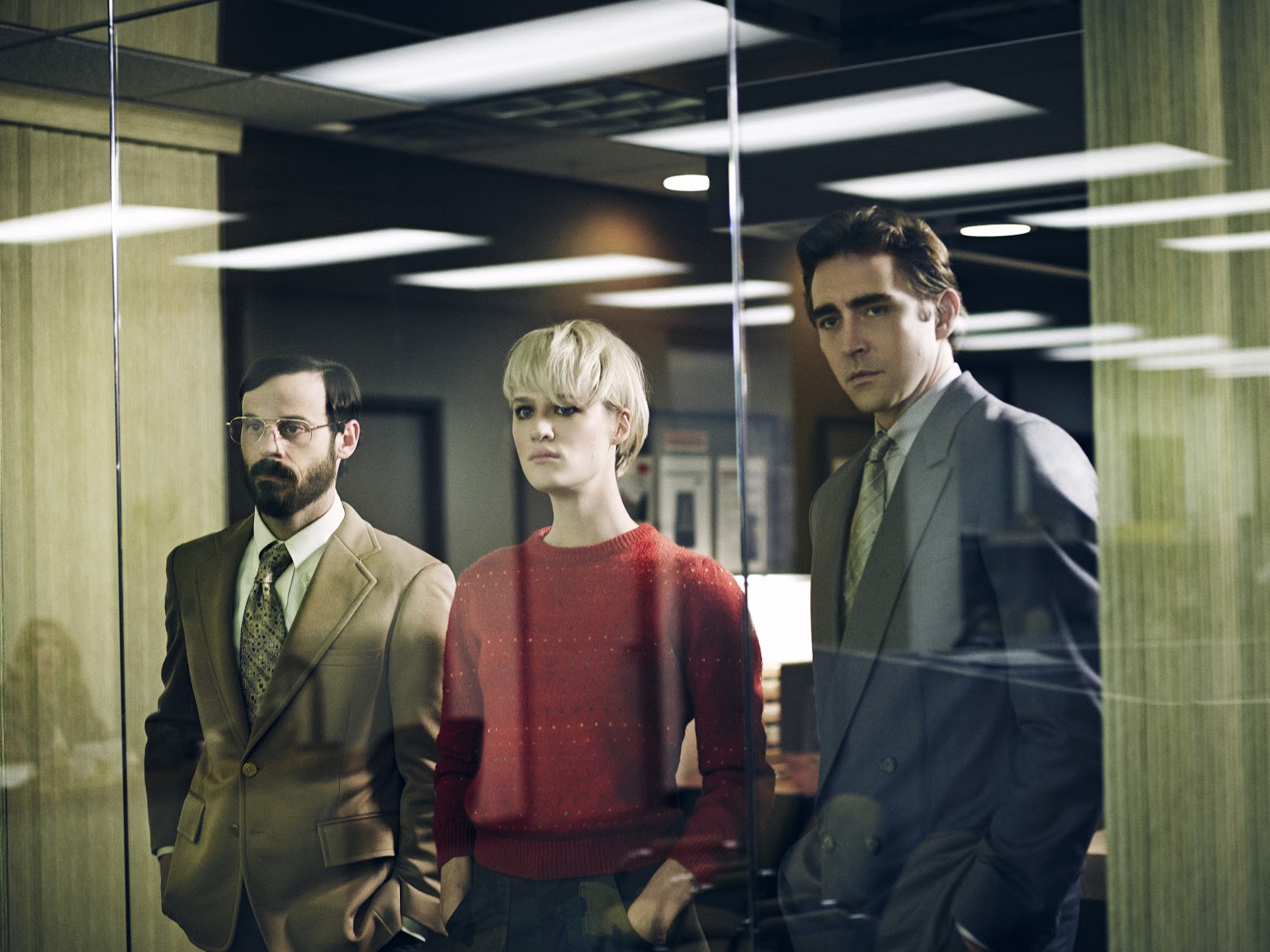
So, what I did was, I eliminated the other character in the scene, and I just made it about this person, the character who we didn’t eliminate, just kind of going through her own shit. Again, it comes down again to the lesson of knowing all of your footage and being able to approach something differently. To be able to say, how can I use that footage differently? Okay, I can use the silences. I can use just this person reflecting, just this person contemplating their next move.”
The story speaks to Chris’s creativity, skill and experience. Here is a guy who intimately knows every tool in his toolkit – from silence on – and knows just when to use them.
“It’s cliché to say that it’s like, painting with different brushes and different paints…” Chris has moved on from his previous music metaphor – “…they’re tools in the construction of a scene. And what’s cool about visual medium, movies and TV, it’s so many different paintbrushes coming together to paint something that is often totally different than what you imagined it would be. Sometimes it’s better, a lot of times it’s worse but it’s always an interesting journey to get there.
I think it’s a lot of fun.”
I think so too. Thanks for reading.



